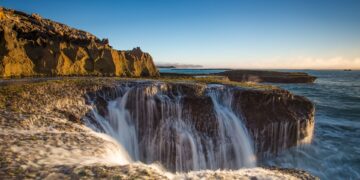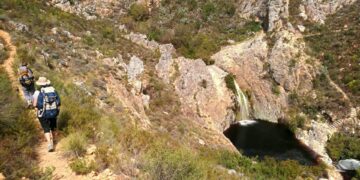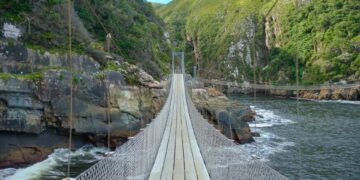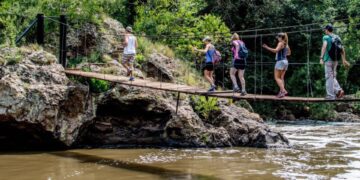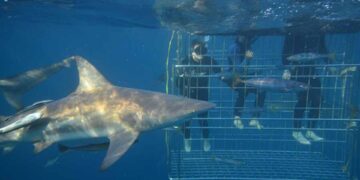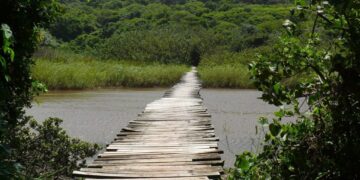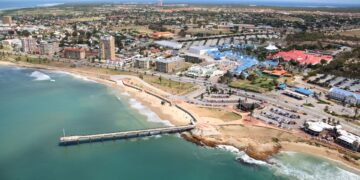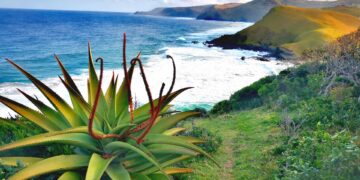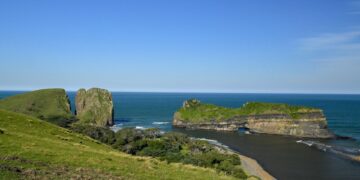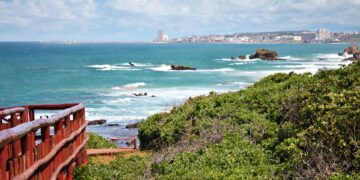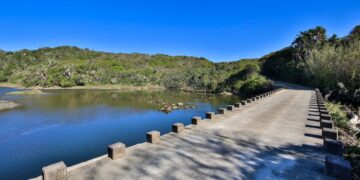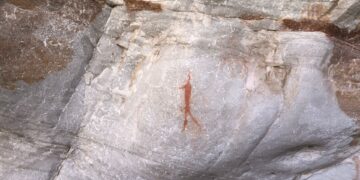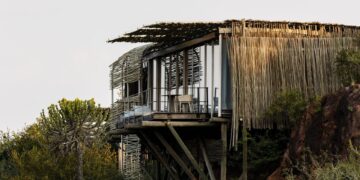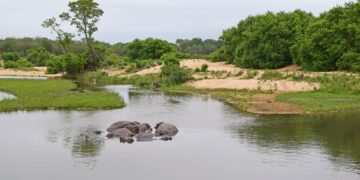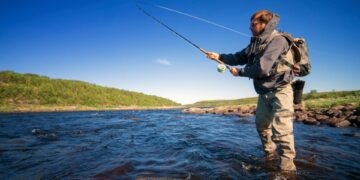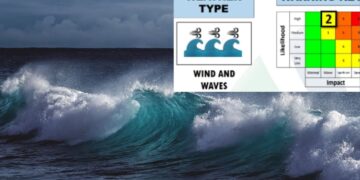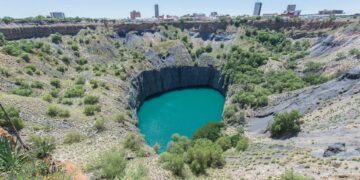Besides the Point itself, Cape Point offers a lot more for the adventurous explorer. Here are a few things to do this summer…
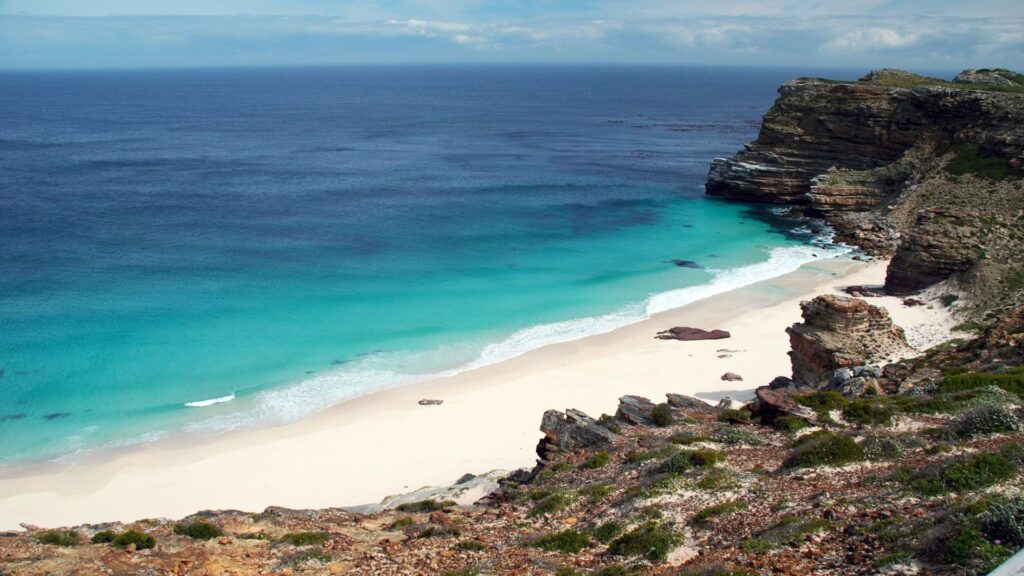
Swim at Buffels Bay beach
Why you should experience it: Said by many to be one of the best places at Cape Point, Buffels Bay beach is a diamond in this part of the Cape’s crown. With powdery-soft, white sands and the bluest of waters, you’d be shocked to learn that you’re not ACTUALLY on a Greek island but in Cape Town! The tidal pools at Buffels Bay are for the books and definitely needs to feature on your summer bucket list.
Hiking and beach trails
Why you should visit: The Reserve is home to a range of hiking trails, some overnight, which will take you along white Atlantic beaches and through the intricate fynbos vegetation. Explore the Cape Point beaches of Maclear, Olifantsbos, Platboom, and the stunning Diaz which is surrounded by sheer cliff faces.
The walkway down to Diaz is on a charming, slightly challenging, wooden pathway. Once at Diaz, you’ll find kayaking, mountain biking, chilly swimming spots, bird-watching and, in season, whales passing the point in their annual migration journey.
How much does it cost: It’s free to visit any of the trails, just expect a bit of a long walk. Not to worry though, the exceptional views make it well worth it.
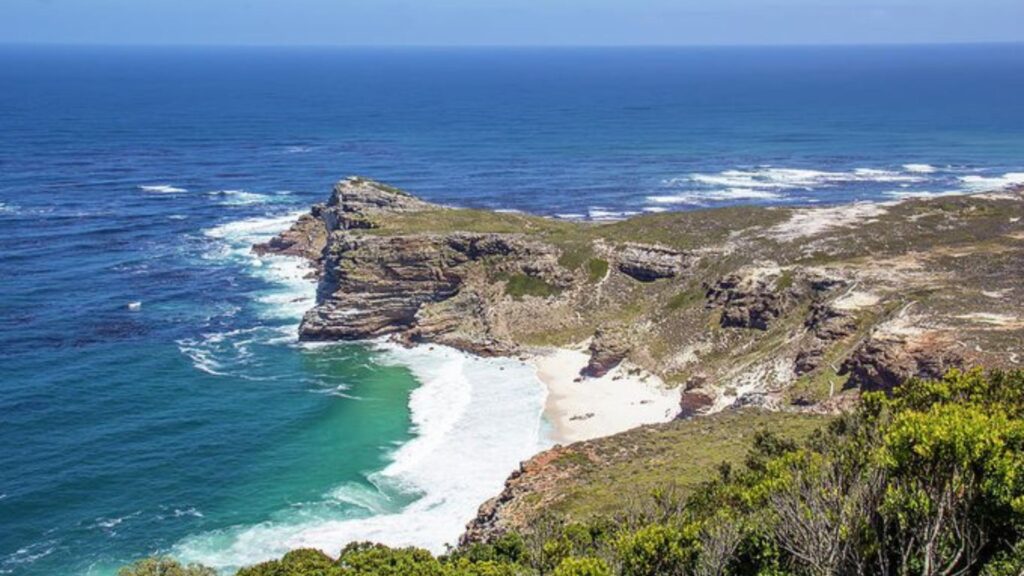
ALSO READ: HOW much to fly between Cape Town and Johannesburg this Christmas?
Visit the Cape Point shipwrecks
Why you should visit: The Cape Point shoreline is littered with the unfortunate shipwrecks of days gone by. There are two main shipwreck trails that offer a glance into the maritime history of the area; the Thomas T. Tucker trail and the Sirkelsvlei trail.
The trails vary in distance and difficulty and pass through a variety of terrain. Bring snacks, water, sunscreen and comfortable shoes!
How to get there: The Thomas T. Tucker trail starts out at the Olifantsbos parking lot in the Cape Point Nature Reserve. The Sirkelsvlei trail starts at the entrance to the Cape Point Nature Reserve.
How much does it cost: Both trails are free.



